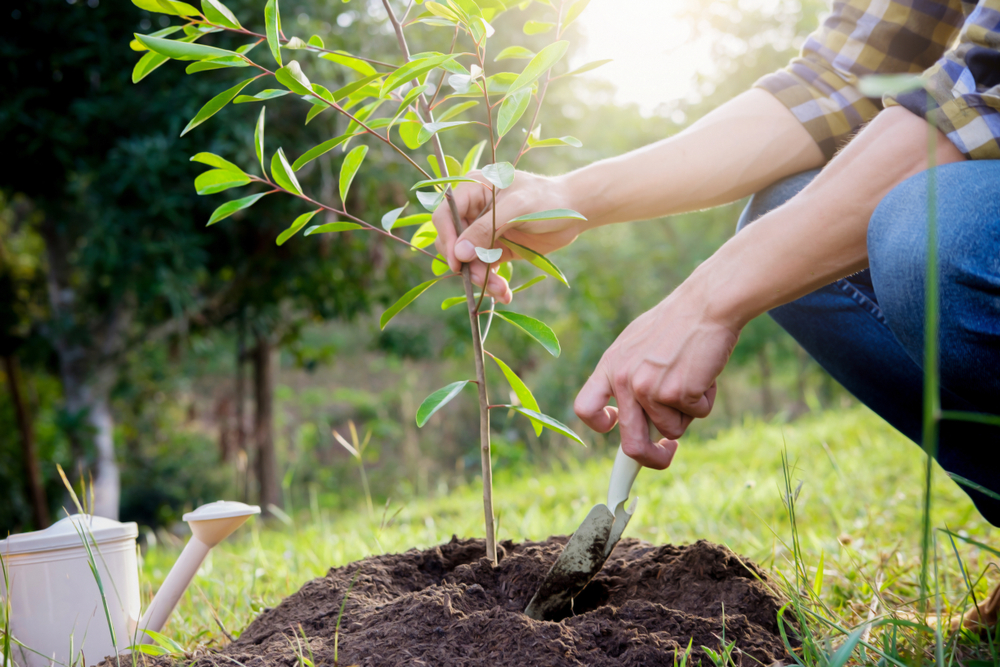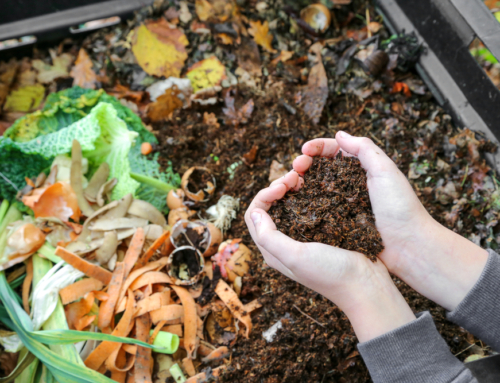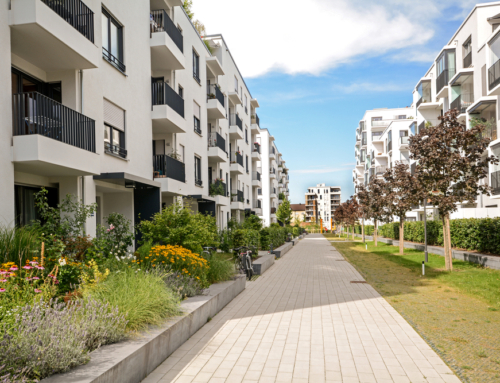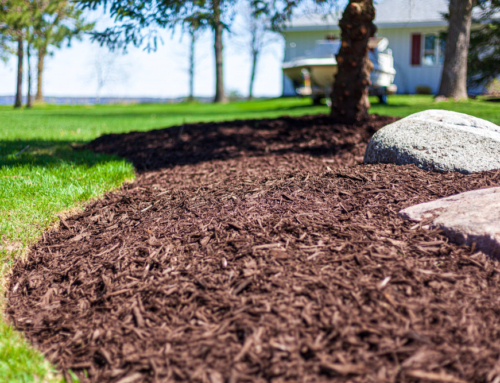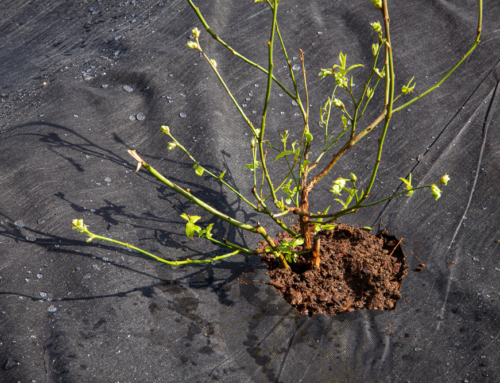Trees can enhance the aesthetic appeal of your yard and make your homestead conducive by improving air circulation and protecting you against the scorching sun.
However, when planting trees, you need to consider several factors to boost your chances of success. These include good timing, suitable planting ground, proper tree care, and regular watering. In addition, knowing how to plant trees the right way will ensure your efforts are not in vain.
Here are the different steps of the tree planting process.
Prepare the Planting Hole
The first step is to prepare a hole using the correct dimensions. The hole should be three times wider than the root mass and not deeper than the tree’s previous depth. Additionally, make sure you do not cover the flare.
Check the Planting Height
Since the planting soil tends to settle quickly, it is advisable to plant your trees higher than the soil level. This will ensure the roots are well covered, and you will also be able to avoid problems such as root rot.
Break the Root Patterns
Before planting your trees, observe the root patterns to remove root bounds. If the roots are closely packed together or form a circular shape, break up the pattern. Placing a root-bound tree in the planting ground may hinder its growth potential.
The easiest way is to rub your fingers on the bottom or sides of the root mass or use a pruning saw. You can then slice up and pull the root mass apart, creating room for non-circular root development.
Retain the Soil Content
Most people choose to amend the soil content inside the planting hole. However, this may have long-term effects. Eventually, your trees may develop smaller root systems, affecting their growth.
If you have to, do not go overboard. Breaking the clumps of soil particles and removing rocks while retaining the original soil content is enough to ensure your tree grows healthily.
Remove Natural Air Pockets
Air pockets around the newly planted tree may affect the health of your roots. An excellent way to prevent air pockets is to ensure proper contact between the roots and the soil.
You can backfill the hole halfway, followed by a stiff water spray. Once you backfill the hole completely, respray water gently to keep the soil intact.
Mulching the Tree
A good mulch layer helps retain moisture and keep the roots cool. Leave a 2-inch margin from the trunk and apply mulch around the tree after planting. Some shredded leaves or ground tree barks can form good mulch when planting new trees.
Water Your Trees Regularly
Hydrating the soil over the newly planted tree helps it establish a thriving root system. For this reason, watering is a vital tree care strategy after tree planting.
However, paying attention to how the trees respond while watering them is essential. For example, the soil may require more water if the leaves dry up. On the other hand, if you water frequently but the response is poor, you may need to reduce the amount of water.
Avoid Fertilizer
Applying fertilizer around a newly planted tree may be tempting, but it is not advisable. Instead, fertilizers and chemicals may yield adverse effects such as drying up.
Take Away
Trees enhance proper air circulation and boost aesthetic appeal. However, the success of a tree planting exercise depends on a well-thought-out tree care plan.
If you are planting trees for the first time and are looking for expert landscaping advice, do not hesitate to contact Cerullo Landscape & Irrigation. We would be glad to help!

